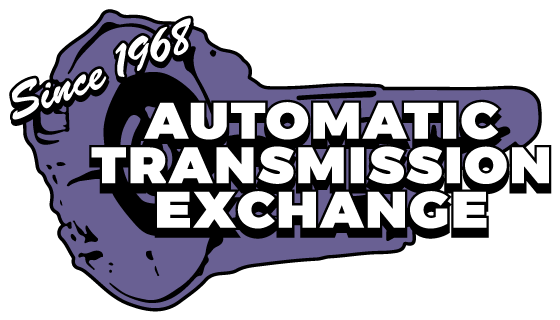Checking Your Transmission Fluid
The majority of vehicle owners are aware that they must perform routine maintenance, such as oil changes and tire replacement, to keep their vehicle roadworthy. However, you should also keep an eye on your automatic transmission—you know, the gearbox that you shift into drive, reverse, and park multiple times per day. Transmissions are one of the most expensive components to repair or replace on a vehicle, so keeping yours in good working order can pay off.
Thankfully, determining the condition of your transmission is neither as challenging, time-consuming, nor expensive as you may believe. Here is how.
Fluid Examination
In the same way that your engine uses oil to lubricate and cool its internals, automatic transmissions use specially designed transmission fluid for the same purpose. Conventional automatic transmissions, dual-clutch automatic transmissions, and continuously variable automatic transmissions all utilize a distinct transmission fluid. If you are uncertain as to which fluid is used in your transmission, consult your owner’s manual; transmission-fluid specifications are typically located in the specifications section.
A simple visual inspection will suffice to determine the condition of your vehicle’s transmission; you don’t need to be a mechanic. You must examine the level and condition of the transmission fluid.
Identify The Wick
First, locate the transmission dipstick in the engine compartment, which can be found under the hood. Verify that you are locating the transmission dipstick and not the engine-oil dipstick; the transmission dipstick is typically located further back in the engine compartment, toward the firewall (the bulkhead at the front of the cabin). Typically, the transmission dipstick is colored or marked with a transmission symbol.
Do not be alarmed if you are unable to locate the dipstick. Numerous modern vehicles employ a sealed-for-life transmission that never requires inspection or fluid replacement; therefore, they lack a dipstick. (Refer to your owner’s manual for your model’s specific service schedule and to verify if it has a transmission dipstick.)
If your vehicle has a sealed transmission, you can immediately close the hood and begin driving. However, if your vehicle has a transmission dipstick, here is what you should do:
Examine the Height
After the engine has been preheated, let the vehicle idle in park on a level surface. Withdraw the dipstick, wipe it clean, replace it slowly, and then withdraw it again. Examine the fluid level—how high the fluid rises on the dipstick—against the “full” and “low” or “fill” markings on the dipstick.
State of Fluidity
Now, analyze the color of the fluid by placing the dipstick on a white surface, such as a paper towel. The color of your transmission fluid and, to a lesser extent, the transmission itself indicates the fluid’s condition. If your fluid is healthy, it should be a shade of reddish-pink; if replacement is imminent, it will be a shade of brownish red. If the fluid is black or dark brown, it is likely that you will need to replace more than just the fluid. A fluid with a burnt odor and a dark color portends ill tidings; in the worst-case scenario, the fluid may also contain metal shavings. Both of these symptoms indicate possible internal component damage to your transmission. It is possible for a transmission to develop a mechanical problem prematurely, just like any other vehicle component.
Low Liquid?
If your fluid level is low, it doesn’t necessarily mean you’re headed for disaster, but it does indicate a leak somewhere in the system. It is possible to determine the severity of a potential transmission leak by filling the transmission and then monitoring the fluid level on a daily basis. Also try to visually inspect your transmission by looking for fluid leaking from underneath the vehicle. Does the vehicle leave traces of a crimson fluid after parking? It is engine oil if the fluid is black. If it’s water, it’s probably condensation from the air conditioning system.
Transmission Service, Repair, & Replacement Services in Phoenix, AZ
We offer a full range of auto transmission repair and replacement services from automatic transmission to manual transmission to the entire Phoenix Metro area.
*Disclaimer – This is not an actual quote. Your transmission repair or replacement cost could be different than the prices you see on this guide. The only way to get an actual estimate is by searching for transmission repair and replacement shops near you. Contact Automatic Transmission Exchange if you are in the Phoenix area and need transmission repair or replacement.

